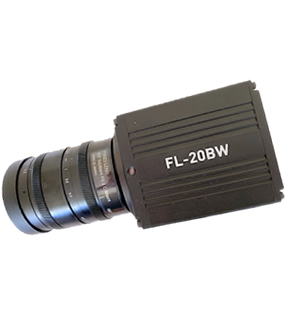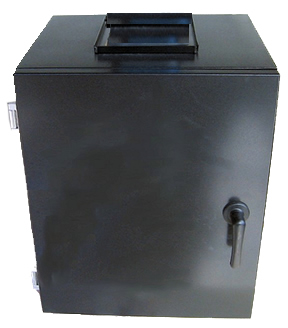Chemilluminescent Camera
Chemilluminescent Camera Overview
The Bio Image FL-20BW combines a Peltier-cooled CMOS camera with our industry proven Intelligent Quantifier® software, to make a system which quickly and accurately analyzes your western blots, slot blots, or dot blots. Or combine it with Intelligent Quantifier-11, to give you a fully 21 CFR Part-11 solution, with all the latest Data Integrity features.

Bio Image FL-20BW
View Specifications
Chemiluminescence requires superior imaging
These intrinsic chemical reactions generate far less light than samples treated with fluorescent labels. Detection of low light levels requires long exposure times, but these can lead to thermal noise as the electronic components of the camera heat up.
The Bio Image FL-20BW has a Peltier-cooled camera, cooled to -20℃, with exposure times up to one hour. Our two-shelf imaging cabinet is designed and engineered to provide a light tight environment.
Simple, yet powerful, software.
Bio Image Intelligent Quantifier® software is used by thousands of researchers across the world every day to provide accurate quantitation and analysis. The software is intuitive and easy to use, with built-in automation and workflow tools so you can quickly define protocols and run them easily and repetitively, even with long exposures and with difficult samples.
Analytical performance and flexibility.
Chemiluminescence is becoming a standard technique in the life science laboratory, but it requires precision engineering and experience to acquire outstanding images and analytical results. Our new Bio Image FL-20BW system provides you with the analytical performance and flexibility by integrating a modern cooled CMOS with an optically isolated environment and world beating software.
| About the Chemiluminescence Process Chemiluminescence generates light by an intrinsic chemical reaction within a sample. |
|---|
|
Alkaline phosphatase is a hydrolase enzyme which removes phosphate groups from many types of molecules, including nucleotids, proteins, and alkaloids. This process is called dephosphorylation. With the CDP-Star® kit, dephosphorylation removes 1,2-dioxetane compounds to generate light. Horse Radish peroxidase (HRP) catalyzes the oxidation of luminol to 3-aminophthalate, producing low-intensity light emission at 428nm. Enhanced Chemiluminescence (ECL) kits can enhance the light emitted by up to 1000-fold. ECL kits are simple to set up and use, and have high sensitivity. |
Have any questions or need help?
Send us an email to info@bioimage.net. We are here to help you select the best in imaging and analysis products.





